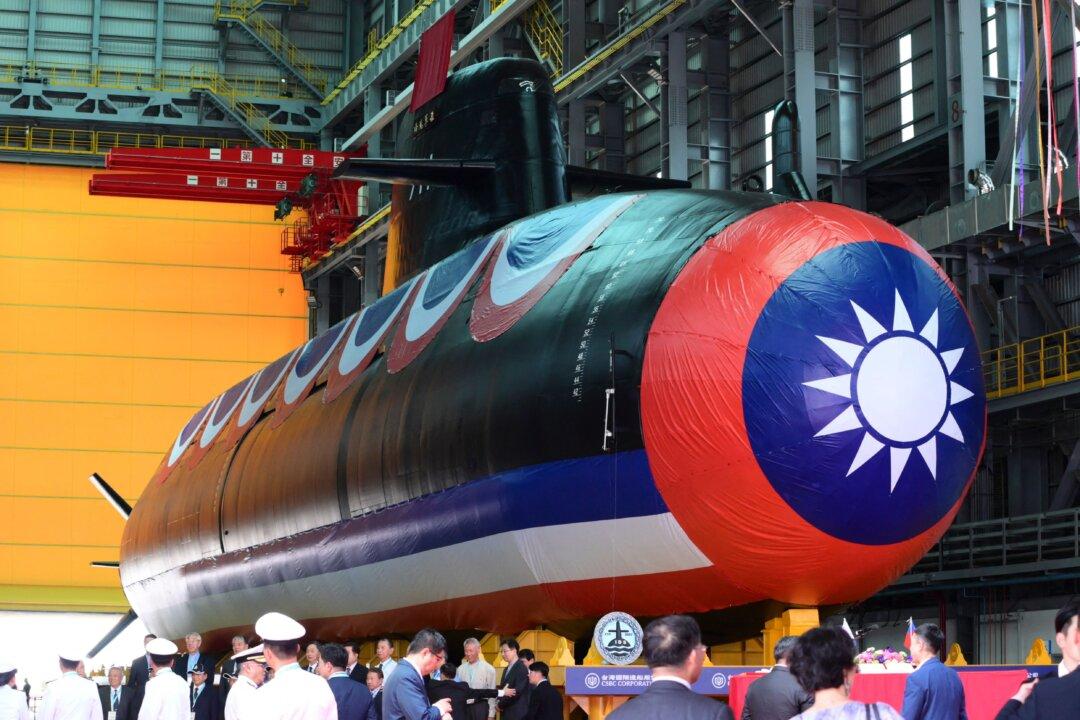Commentary
Taiwan’s Sept. 28 launch of a new indigenous conventionally powered submarine begins to correct a longstanding failure of leadership in Washington and Taipei.

Taiwan’s Sept. 28 launch of a new indigenous conventionally powered submarine begins to correct a longstanding failure of leadership in Washington and Taipei.